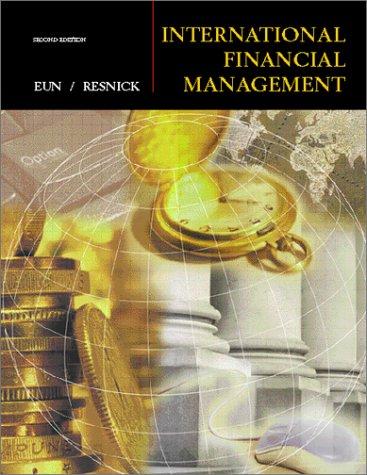I need help with C-E. Please show formulas used!

c. Now conduct a scenario analysis. Assume that there is a 25% probability that best-case conditions, with each of the variables discussed in Part b being 20% better than its base-case value, will occur. There is a 25% probability of worst-case conditions, with the variables 20% worse than base, and a 50% probability of base- case conditions. Part 7. Evaluating Risk: Scenario Analysis Squared Deviation Times Probability Sales Price Unit Sales Variable Costs Scenario Probability NPV Best Case Base Case Worst Case 25% 50% 25% $28.80 $24.00 $19.20 1,200 1,000 800 $14.00 $17.50 $21.00 "ooo Expected NPV = sum, prob times NPV Standard Deviation = Sq Root of column H sum Coefficient of Variation = Std Dev / Expected NPV $0 $0 #DIV/0! d. If the project appears to be more or less risky than an average project, find its risk-adjusted NPV, IRR, and payback. 0.8 to 1.2 CV range of firm's average-risk project: Low-risk WACC = 8% WACC = 10% High-risk WACC = 13% Risk-adjusted WACC = Risk adjusted NPV = IRR = Payback = #DIV/0! 21.09% 2.90 e. On the basis of information in the problem, would you recommend that the project be accepted? c. Now conduct a scenario analysis. Assume that there is a 25% probability that best-case conditions, with each of the variables discussed in Part b being 20% better than its base-case value, will occur. There is a 25% probability of worst-case conditions, with the variables 20% worse than base, and a 50% probability of base- case conditions. Part 7. Evaluating Risk: Scenario Analysis Squared Deviation Times Probability Sales Price Unit Sales Variable Costs Scenario Probability NPV Best Case Base Case Worst Case 25% 50% 25% $28.80 $24.00 $19.20 1,200 1,000 800 $14.00 $17.50 $21.00 "ooo Expected NPV = sum, prob times NPV Standard Deviation = Sq Root of column H sum Coefficient of Variation = Std Dev / Expected NPV $0 $0 #DIV/0! d. If the project appears to be more or less risky than an average project, find its risk-adjusted NPV, IRR, and payback. 0.8 to 1.2 CV range of firm's average-risk project: Low-risk WACC = 8% WACC = 10% High-risk WACC = 13% Risk-adjusted WACC = Risk adjusted NPV = IRR = Payback = #DIV/0! 21.09% 2.90 e. On the basis of information in the problem, would you recommend that the project be accepted







